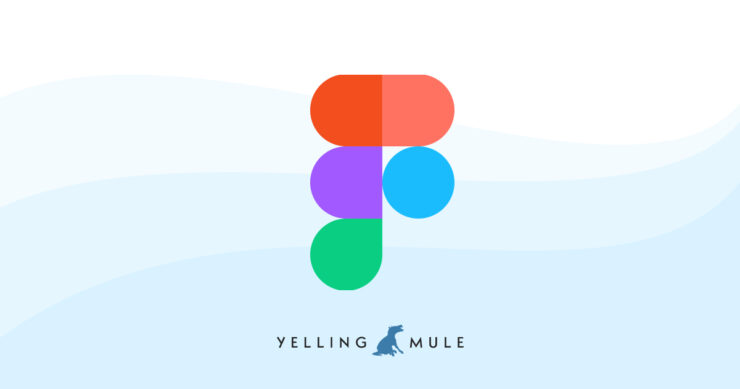
Figma has rapidly become one of the most popular design tools in the industry, catering to designers, developers, and teams of all sizes. Here are five compelling reasons to incorporate Figma into your design workflow:
1. Real-Time Collaboration
Figma stands out for its real-time collaboration capabilities, allowing multiple users to work on the same project simultaneously. This feature is invaluable for teams, as it facilitates seamless communication and feedback. Designers, developers, and stakeholders can view changes in real-time, making it easier to collaborate and iterate on designs without the need for constant file versions or email exchanges.
2. Cross-Platform Accessibility
As a cloud-based tool, Figma is accessible on any device with internet connectivity. This flexibility means that you can work on your designs from a desktop, laptop, or even a tablet without worrying about compatibility issues. Its cross-platform nature ensures that team members can contribute to projects regardless of their operating system, be it Windows, macOS, or Linux.
3. Comprehensive Design Tools
Figma offers a robust set of design tools that cater to a wide range of needs, from wireframing and prototyping to creating high-fidelity designs. The intuitive interface provides vector editing tools, reusable components, and a library of plugins that enhance functionality. These features make it easier to maintain design consistency and efficiency across projects.
4. Prototyping and Animation
Figma simplifies the process of creating interactive prototypes. By linking screens and adding transitions, designers can quickly build and test user flows within the same environment. This capability is complemented by Figma’s animation features, which allow for the creation of dynamic interactions that bring designs to life, providing a more engaging and realistic user experience during testing.
5. Integration and Version Control
Figma easily integrates with other tools and platforms, such as Slack, Jira, and Zeplin, streamlining workflows and improving productivity. Additionally, Figma’s version control system automatically saves changes and maintains a history of revisions. This feature enables teams to track progress, revert to previous versions if needed, and ensure that everyone is working with the most up-to-date design files.
In conclusion, Figma’s collaborative features, accessibility, and comprehensive toolset make it an excellent choice for design teams looking to enhance their workflow and create impactful designs. Whether you’re working solo or as part of a larger team, Figma provides the flexibility and functionality to support your creative process.

